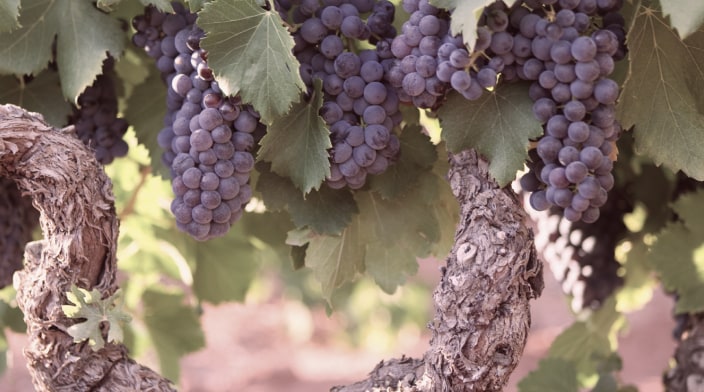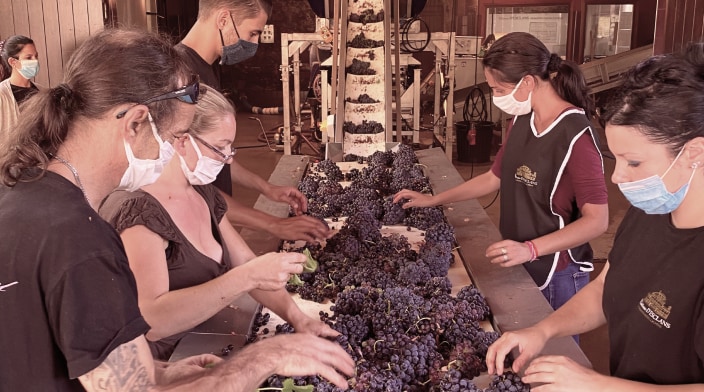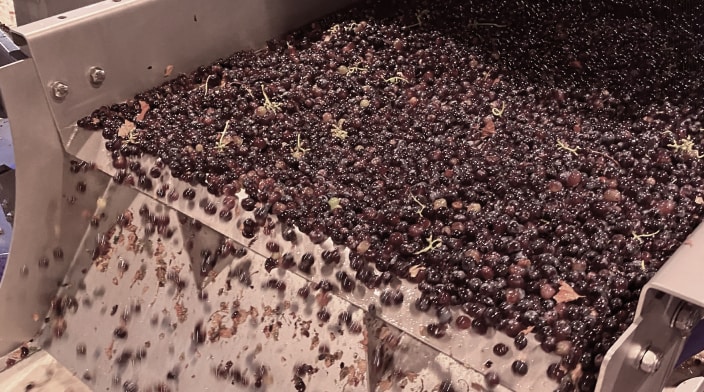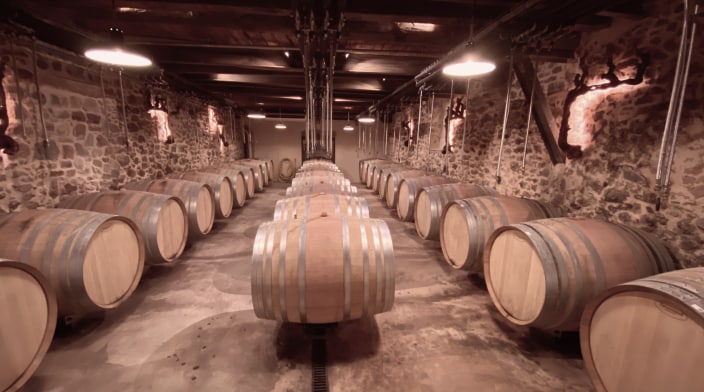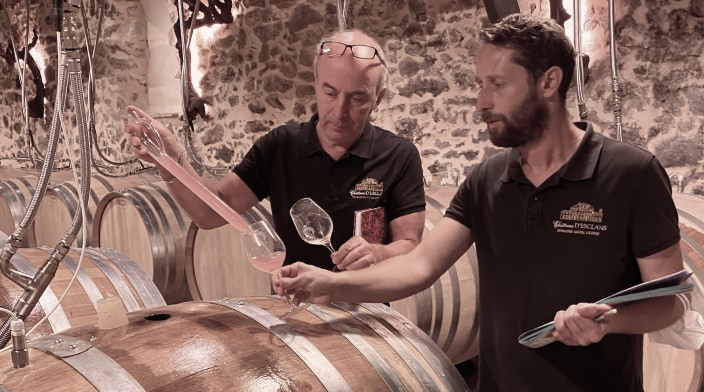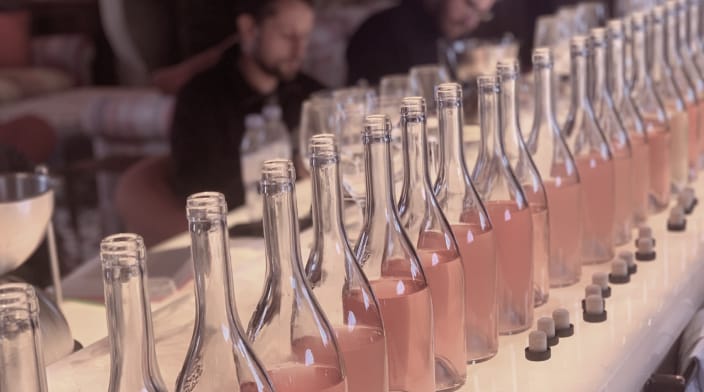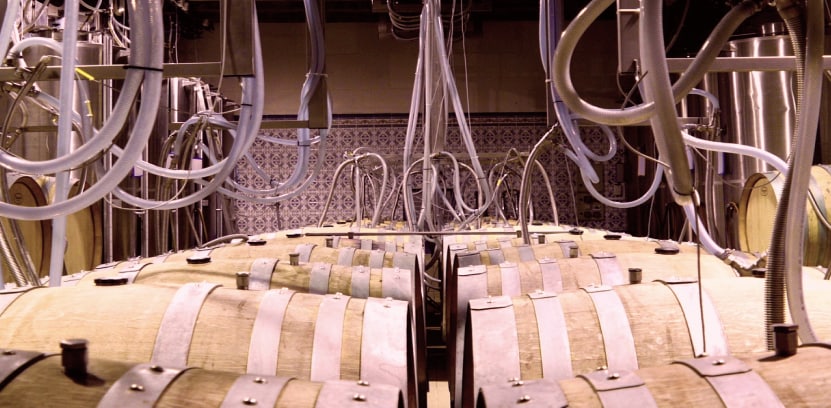
our process
harvesting
Château d’Esclans’ Harvest takes place each September from sunrise to noon to avoid the heat of the day. During the Harvest, grapes, at their ripest, are selected, picked and carefully placed in small (10 kilo) crates this size of which is chosen in order to avoid too many grapes at the top crushing grapes at the bottom of the crates. Caves d’Esclans Whispering Angel and some of Rock Angel’s voluminous quantity of grapes are mechanically harvested at night time to avoid heat of the day as well.
sorting
Once the grapes arrive to the cellars, they are sorted manually and then go through optical eye sorting. All grapes which go into vinification are perfectly de-stemmed and resemble each of the correct physical characteristics dictated by the wine maker including shape, size, color and general condition. This is verified by an optical eye camera which is programmed to detect whether grapes correspond to the established criteria. Grapes which do not are rejected.
cooling and pressing
The grapes are then sent through a soft crush mechanism which punctures them in order for the juice inside to flow followed by their entering a heat exchange system which reduces their temperature from what can be as high as 29 degrees c down to 7-8 degrees c. Temperature reduction ensures that freshness and vivacity are locked in which is key to ensure consistent temperature control making the grapes ready for closed circuit (nitrogen) pressing ensues which produces 3 grades of what is primarily free run juice. Nitrogen pressing ensures no oxidation is taking place during the pressing process known as an accumulation of details that is carefully planned and monitored.
barrels and vats
Subsequently, depending on which grade of juice the press produces, the wine makers determine which will be used to make barrel fermented (aged) wine or stainless steel fermented wine. The different grades of juice differ in terms of skin contact which pertains exclusively to the first press while the next two have no skin contact and increase in intensity from one to the next. The overall affect is clear, clean tannin free juice which gives the wines an agreeable characteristic and taste profile while ensuring that the color is quite pale.
wine lab
Laboratory testing and analysis is conducted throughout the wine making process. This begins with determining when grapes have achieved optimal maturity. As the individual juices from corresponding Barrels and Vats are selected and placed into half bottles, the technical team will taste through these unique juices and they will start to form opinions for which wines they should be used to make the new vintage. The information which comes from this step in the process is noted for referential purposes related to the next step, the Assemblage.
assemblage
Next is overseeing the blending for Chateau d’Esclans and Caves d’Esclans wines. The information that the technical team compiles will be reviewed by the Technical Director and Cellar Master who will collectively form a final determination that will be made relative to that information provided by the technical team. While there is little variation vintage to vintage, the cepage or percent/ types of different grape varieties that will make up the ultimate blend will differ with each new vintage however the taste profile remains the same.
